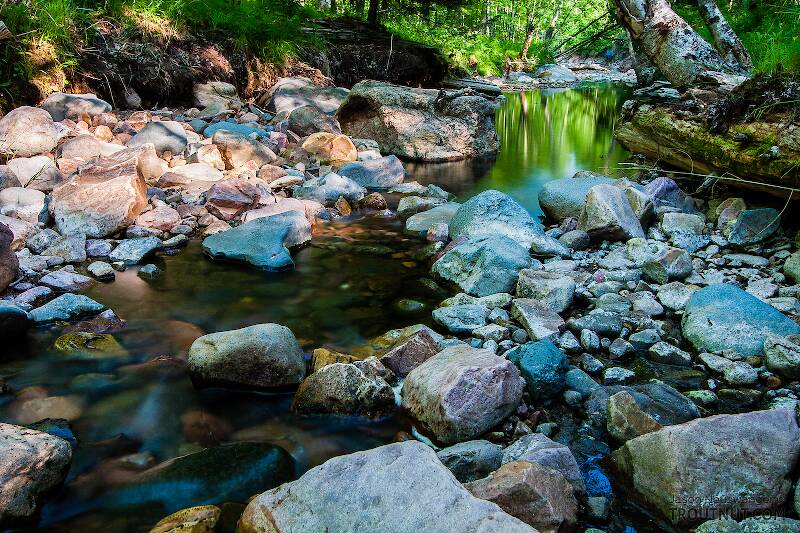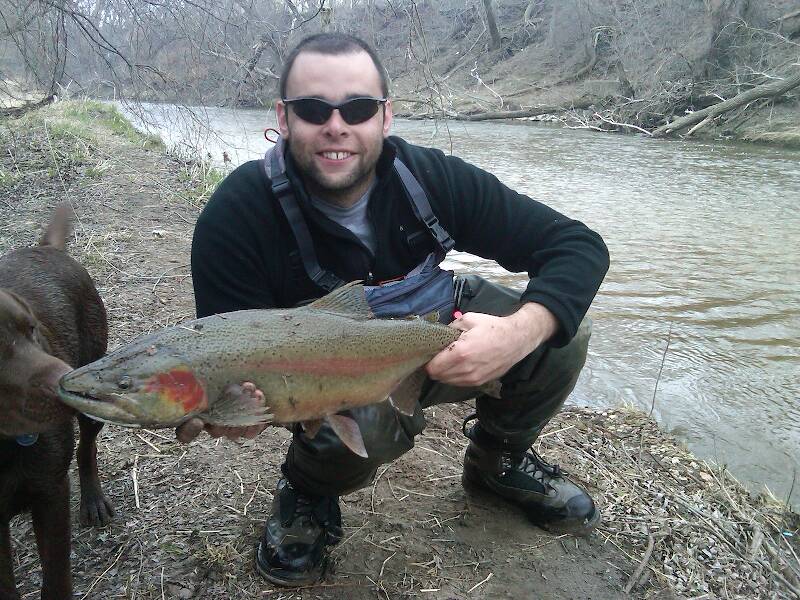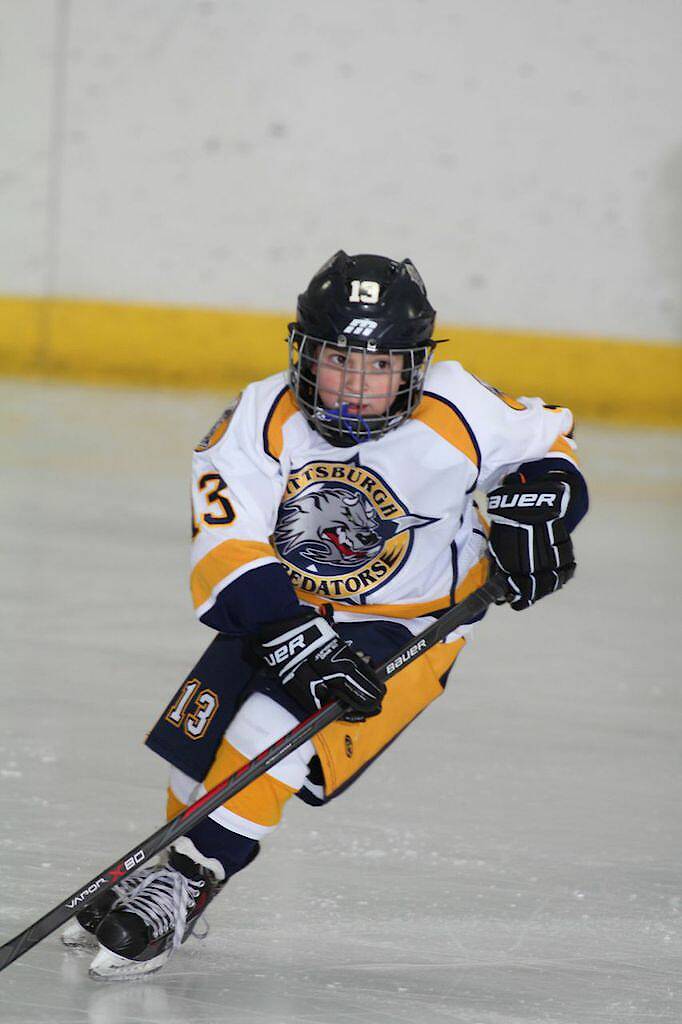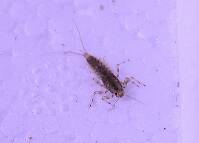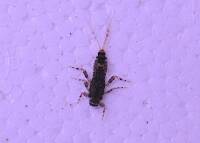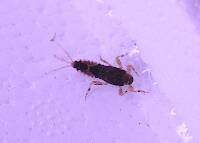
Hex Mayflies
Hexagenia limbata
The famous nocturnal Hex hatch of the Midwest (and a few other lucky locations) stirs to the surface mythically large brown trout that only touch streamers for the rest of the year.
Featured on the forum

This one seems to tentatively key to Holocentropus, although I can't make out the anal spines in Couplet 7 of the Key to Genera of Polycentropodidae Larvae nor the dark bands in Couplet 4 of the Key to Genera of Polycentropodidae Larvae, making me wonder if I went wrong somewhere in keying it out. I don't see where that could have happened, though. It might also be that it's a very immature larva and doesn't possess all the identifying characteristics in the key yet. If Holocentropus is correct, then Holocentropus flavus and Holocentropus interruptus are the two likely possibilities based on range, but I was not able to find a description of their larvae.

Troutnut is a project started in 2003 by salmonid ecologist Jason "Troutnut" Neuswanger to help anglers and
fly tyers unabashedly embrace the entomological side of the sport. Learn more about Troutnut or
support the project for an enhanced experience here.
Shawnny3 on Jun 24, 2013June 24th, 2013, 10:53 am EDT
My brother and I kept a few fish for dinner the other night and examined the stomach contents. There were a few insects and shrimp, but what I was most intrigued by was that about 95% of what was in their stomachs was seaweed. We were wondering if the fish consume this because they know it contains crustaceans and insects, or if the seaweed is consumed unintentionally as they consume bugs, or if they actually gain some nutrition from the seaweed. Thoughts?
-Shawn
-Shawn
Jewelry-Quality Artistic Salmon Flies, by Shawn Davis
www.davisflydesigns.com
www.davisflydesigns.com
Kschaefer3 on Jun 24, 2013June 24th, 2013, 11:06 am EDT
I would be inclined to think they eat seaweed as a by product of eating insects and crustaceans, or because they know insects and crustaceans reside in them. This is a very interesting question though. Anyone have a good seaweed fly?
PaulRoberts on Jun 26, 2013June 26th, 2013, 4:03 pm EDT
Dunno. I've seen it too -filamentous algae I believe, but not to that degree. Any idea what the plants were?
Shawnny3 on Jun 26, 2013June 26th, 2013, 6:22 pm EDT
Not a clue. Probably the same stuff we kept picking off our flies. Maybe we should have left it on there. Then again, would that be considered bait fishing?
-Shawn
-Shawn
Jewelry-Quality Artistic Salmon Flies, by Shawn Davis
www.davisflydesigns.com
www.davisflydesigns.com
Gutcutter on Jun 27, 2013June 27th, 2013, 4:06 pm EDT
Maybe they're a vegan subspecies?
All men who fish may in turn be divided into two parts: those who fish for trout and those who don't. Trout fishermen are a race apart: they are a dedicated crew- indolent, improvident, and quietly mad.
-Robert Traver, Trout Madness
-Robert Traver, Trout Madness
PaulRoberts on Jun 28, 2013June 28th, 2013, 1:52 pm EDT
Then again, would that be considered bait fishing?
-Shawn
I guess that would be considered vegan bait. AOK in some circles.
Quick Reply
Related Discussions
Topic
Replies
Last Reply
Re: I need your help to get some specimens of Caecidotea (Freshwater isopods).
In General Discussion by Leonardo
In General Discussion by Leonardo
4
Jun 1, 2016
by Crepuscular
by Crepuscular
0
May 15, 2016
by Leonardo
by Leonardo

